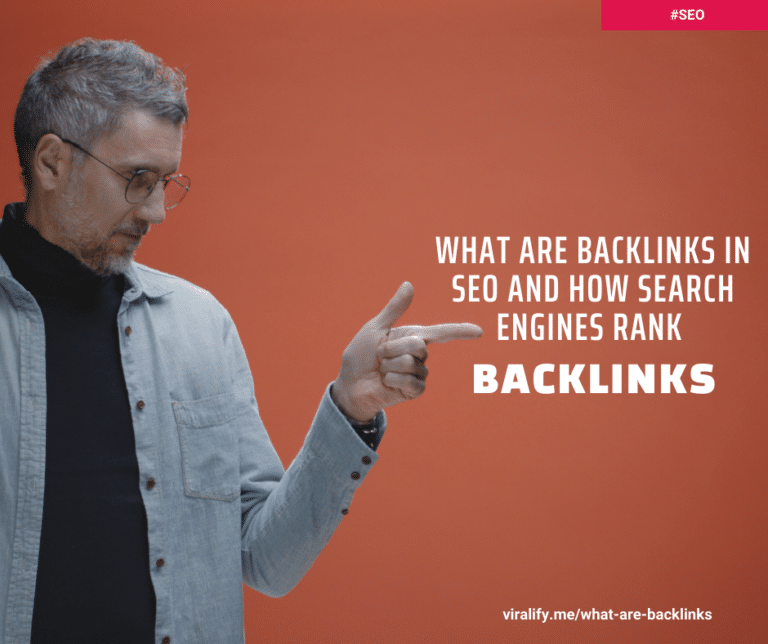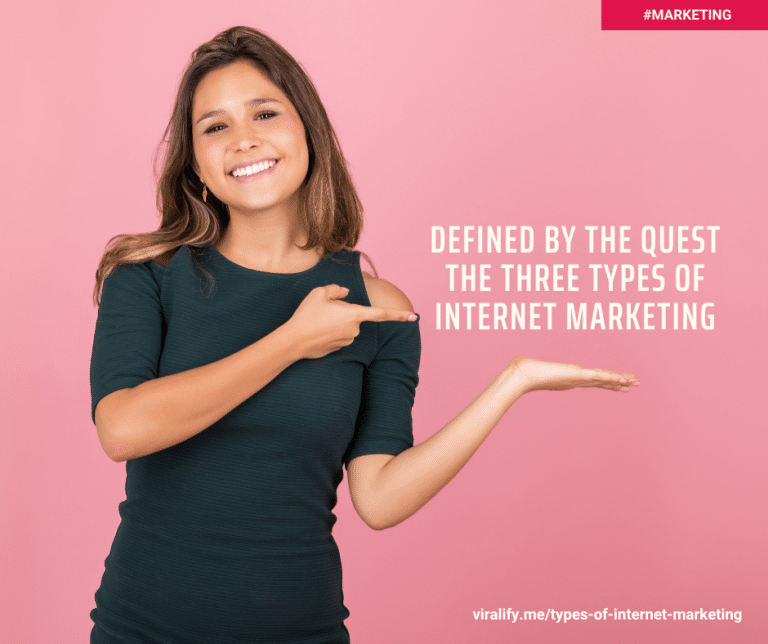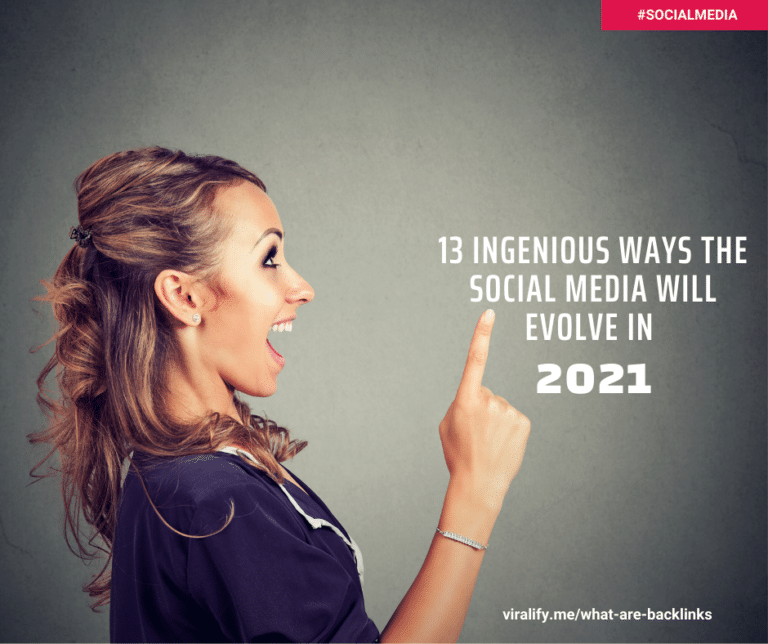The Digital Age has had a lasting impact on the way consumers communicate with businesses—and each other. As a result, its effect on conventional marketing practices has been no less profound. Consumers and business buyers receive more messages, through more channels, than ever before. Cutting through the noise requires digital marketing agencies to deliver hyper personalized messages that resonate at the individual level. Now, advertising is undergoing a transformation — the biggest revolution since the launch of digital ads in the 1990s — driven by data.
To effectively reach audiences and interact with them in a smarter, 1-to-1 manner, digital marketing agencies must connect and make sense of a myriad of data sources. Of course, achieving this requires a shift in dynamics; advertising and marketing can’t live in vacuums. Technology can’t be an afterthought. The winners in this new era will coalesce the right teams and technologies to harness data, more precisely track their efforts, and measure progress to evolve their strategies at the pace of the consumer. Dominant channels — and thus budgets — are shifting, too. Increasingly, advertisers will rely on major platforms under the Google and Facebook umbrellas to deliver their messages. And success isn’t measured only by clicks and impressions, but also lifetime customer value.
1. Competition
The digital agency space has always been highly competitive, fueled by seemingly infinite demand for digital services. With everything—from needs to tools—changing rapidly, it becomes even more challenging to identify competitive threats in the market. Traditionally, you could look at your local market to see who offers similar services. In today’s (and tomorrow’s) market, competition can come from surprising places.The first wave of agencies were built on a local client base and grew by word of mouth. The landscape was primarily based on local businesses in need of an online presence and ancillary digital services. The emergence of digital marketplaces has flattened the landscape, essentially placing agencies in a global arena.
Competitive prices and a simplistic star-based reputation became the de-facto criteria for being hired. Without warning, agencies were competing with international entities offering similar-sounding services for half the price—from the other side of the world. There are obvious disadvantages to receiving a core service remotely, and predictably, global marketplaces for digital services already show a bias towards lower-end projects, but the fog around the impact of this new landscape hasn’t fully lifted. We understand the pull towards the global arena, mainly due to low barriers of entry and seemingly easy marketing demands, but using these marketplaces as a primary source for business brings with it a shaky business foundation and high-risk dependencies on uncontrollable factors.
2. Advertising and Marketing Are Converging.
Advertising is breaking free from its silo after being an autonomous part of companies for many years. the majority of advertising and marketing organizations now share common budgets and use the same team to send emails and to build ad campaigns. North American teams lead the pack in this evolution, but advertisers across the globe are poised to catch up. Only a small minority of global advertising teams lack plans to integrate themselves within the broader marketing organization.
3. Zero Code web development
Software is evolving in a way that allows the creation of more complex, robust experiences with less resources. Complex web infrastructure like databases, dynamic pages and custom interactions used to require highly specialized skills; now it’s becoming more accessible. More agencies are capitalizing on this opportunity to simplify their process of creating digital products. Now they can hire people who do more, rather than hiring a wide variety of specialists. Businesses that take advantage of a more inclusive environment will have an edge over more conservative agencies that spend time coding from scratch.
4. Artificial Intelligence
Artificial intelligence is invading our everyday lives and has recently made its way into the web design and web development space. Currently still an assistive technology, AI is not yet poised to replace web designers or humans. Instead, if embraced, it may free up a designer’s time and be used to increase efficiency. We predict that in the next few years, AI will become a better assistant for designers and developers, and in the years that follow will start replacing some aspects of what they do.
5. Less of Instagram, More of Google and Facebook.
A growing number of brands are rethinking their approach to Instagram advertising, still considered in many quarters to be an integral part of the start-up playbook. They’re worried about declining returns from marketing dollars spent on Instagram.
Companies that have capped or pulled back on Instagram marketing range from consumer products giant Procter & Gamble and cosmetics chain Lush to home goods start-up Snowe. Many brands are spending more on catalogs and old-school efforts like direct mail and outdoor advertising instead.
Instagram’s ad revenues in the US are expected to hit $9 billion this year, from $6.1 billion in 2018, according to eMarketer. Most users’ feeds are filled with ads from fashion and beauty brands, including countless direct-to-consumer start-ups. But the golden days of striking it big via Instagram marketing may be coming to an end.
Costs are rising too. The average digital ad costs 12 percent more than it did two years ago, according to Adobe Digital Insights. Brands have increased spending on digital ads by 42 percent over the last two years, but visits to those same brands were only up 11 percent, Adobe found.
For many fashion brands, social media ads are still a winning ticket. While Facebook and Google currently devour more than half of online digital advertising, according to marketing researcher Magna, Amazon and Walmart are less crowded with direct to consumer brands, and so paying for banner ads or for search products to appear higher on their marketplaces might render better results.Brands have returned to old-school approaches like direct mail.
6. Data will Rule.
The number of data sources available to inform digital advertising continues to grow. Yet, each contributes to a single objective: targeting the right audience, with the right message, at the right time.
There are three primary categories of data available: customer relationship management (CRM) data, online data, and demographic data.
The vast majority of advertisers will use all three categories, and the number of individual data sources advertisers use is on the rise.
Last year, advertisers used an average of 5.4 data sources, and next year they’re planning to use an average of 6.2.As prospects browse digital properties — including advertisers’ own websites and those of other companies or publishers — 90% of advertisers use some type of online data to target their ads. First-party anonymous data is the most-used type of online data (71%) but with an anticipated two-year growth rate of only 5%. In the Asia-Pacific region, use of first-party anonymous data is expected to shrink by 9%. Second- and third-party partnerships that allow advertisers to tap into data sources they don’t own, thereby providing new inputs for decision-making and targeting, will see particularly large growth.
Over the next two years, advertisers’ use of second- and third-party data will grow by 26% and 30%, respectively. 95% of advertisers use demographic data, including personal data, location information, and interests, to target prospects they know almost nothing about. Use of newer types of data — like mobile-derived location information — will grow 14% over the next two years. Use of interests-based data (based on factors like personality and preferences) will see the biggest growth, expanding by 26% as it becomes more widely available to brands.
As brands leverage multiple data sources to target audiences, they’re increasingly turning to data management platforms (DMPs) to import that data, find segments to target, and send instructions to networks and websites. Adoption has reached a tipping point; while just 20% of companies have been using a DMP for more than three years, an additional 21% are either currently implementing a DMP or have done so in the past year. 91% of advertisers have or plan to adopt a data management platform.
7. Facebook and Google will continue to Dominate as Video Rises in Importance.
The dominance of Facebook and Google in the digital advertising ecosystem shows no signs of slowing. Next year, 66% of digital advertising spend will go to Google Search, YouTube, Facebook, and Instagram — figures that don’t even include additional platforms or display advertising exchanges owned by their parent companies. This stronghold is universal; these channels represent 63% of total spend in North America, 67% in the Asia-Pacific region, and 69% in Europe.
Beyond their massive audiences, both Facebook and Google are particularly appealing to advertisers for their ability to target consumers based on real identities. Display advertising is still an important part of this mix, though it shrank from 16% to 14% of digital ad spend. Not including Facebook, social channels like LinkedIn, Pinterest, Snapchat, and Twitter account for an additional 11% of planned spend across surveyed regions. But their collective share of advertising budgets is on the decline
Video content is becoming more prevalent across platforms.
Over the past year, 65% of companies increased their video advertising. This budget boost — and the relative importance of video it suggests — could help explain why 52% of advertisers choose to maintain control of their video advertising by producing it in-house. B2C companies’ year-over-year growth in video advertising (59%) trails slightly behind B2B companies’ aggressive adoption (65% growth). Why the surge? B2B advertisers’ use of video could be due to the convergence of consumer- and business-buyer preferences in media consumption. As seen on the previous page, YouTube ad spending is inching upward (15% to 16%) at about the same rate that display ad spending is creeping downward (15% to 14%)
8. New Metrics will Signal Success in a Data-Driven World.
More data at advertisers’ fingertips means more opportunities to measure progress. But first, brands need to focus on what their goals are. Natural variation by industry and region is to be expected, but even within a single industry, the spectrum of tools and KPIs can be vast. Brands today vary widely in what they consider most important, with almost equal weight given to four of the five objectives surveyed. Digital optimization, however, seems top of mind. The sophistication of advertising metrics varies across brands.
While advertising’s priorities are increasingly focused on long-term customer relationships, the value of impressions and web traffic indicates that advertisers also remain dedicated to acquiring new business. In the process, they’re complementing historically simple KPIs such as last-click attribution with more holistic assessments of customer value.
Digital Marketing Agencies are currently using a wide variety of methods to measure results. Traditional tools such as spreadsheets (42%) and website analytics platforms (50%) are still popular. But more wide-ranging solutions like DMPs (55%), marketing attribution (47%), and marketing automation platforms (30%) have gained ground. More teams are now using DMPs and web analytics than spreadsheets, indicating a critical turning point for advertisers’ sophistication in assessing performance, measurement, and attribution. B2B brands are 1.4x more likely than B2C brands to use CRM reports or marketing automation platforms to measure the effectiveness of their advertising spend. On the other hand, B2B brands are 1.4x less likely than B2C brands to consider brand recognition an important measure of advertising success. These results represent some of the more extreme differences in approaches to advertising between the segments. Yet overall, the strategies and values of B2B and B2C brands are converging. What matters in advertising — and what doesn’t — is becoming universal.
9. New Technologies will bring new ad spaces.
New technologies already in our homes (like smart TVs, voice-activated digital assistants, and wearable devices) and those on the horizon (like augmented and virtual reality) present advertisers with exciting opportunities to reach audiences in new ways. Advertisers expect these NEW technologies will capture more of their audiences’ personal and professional hours. As such, they have big plans to leverage them in delivering personalized messages to the right prospects at just the right moment.
10. Traditional Marketing will make a comeback.
Impressions generated through F2C social messages will complement traditional advertising efforts.Thoroughly orchestrating traditional advertising and a firm’s social media activities is bound to improve a firm’s performance with respect to building the brand and enabling customer acquisition. Firms will be able to stimulate the volume and valence of messages among consumers through traditional advertising that in turn affect brand building and acquisition. These findings will help digital marketing agencies to leverage the different types of messages more adequately.
Before the rapid technological changes of the last half-century occurred, efforts to reach customers focused on broad outbound marketing messages that marketers worked to pointedly place in front of a wide audience, using TV, radio and essentially any other distribution channels they could. Although marketers began toying with a quantitative and behavioral science approach in the 1950s, , advancements in computer technology over the following four decades propelled marketing analysis endeavors to a new height.
The progression was heavily influenced by what the Pew Research Center identifies as three distinct digital revolutions—involving a steady rise in internet users, mobile connectivity and social media use—which ultimately changed the way news and information are received. Social media sites and other new media outlets have provided marketers with unique passive and active promotional opportunities that weren’t available two decades ago. Through the use of metrics-based technology, a.k.a. big data, marketing professionals can also now obtain additional insight to drive their strategy. The increased ability in recent years to cull and analyze customer behavior-related data has helped identify smaller subgroups of an overall audience, enabling marketing teams to more effectively address consumer needs.















